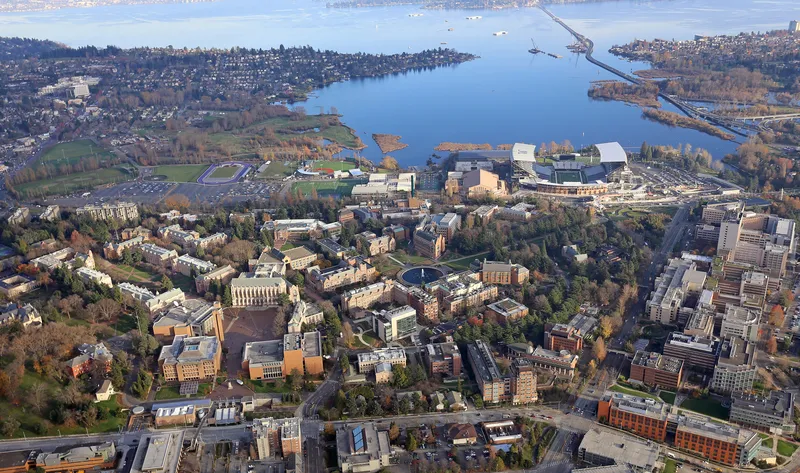IBM and the City of Zhenjiang, China, have announced that IBM is helping to transform the city's public transportation system. Zhenjiang will use hardware, software, services and technologies from the company’s research labs, all brought together through the IBM intelligent operations centre (IOC) for smarter cities, a solution that will serve as the central point of command for the city.
March 22, 2012
Read time: 3 mins
Zhenjiang is a renowned historical and cultural city in the eastern People's Republic of China (PRC), a region experiencing rapid economic growth. Zhenjiang has an estimated population of three million people and has become an important regional transportation hub due to its location near the intersection of the Yangtze River and the Grand Canal, the longest canal in the world. It is also considered a state model for environmental protection.
To bolster economic development, increase tourism and improve overall public welfare, the city initiated the Smarter Zhenjiang, Smarter Tourism project which includes plans to replace and upgrade more than 400 bus stations and over 1,000 public transportation vehicles. In conjunction with the system-wide upgrade, Zhenjiang will rely on IBM's intelligent transportation solution to provide city managers with a consolidated view of the transportation network, and initiate a new bus scheduling system that will use analytics technologies to manage traffic patterns and over 80 routes across the city.
A first-of-a-kind IBM Research-developed platform will increase traffic throughput and improve the efficiency of its public transportation system while anticipating traffic jams before they happen. The solution will build on services assets that simulate transit fleets and passenger flow across the transportation network, while tapping into IBM technologies that enable real-time bus monitoring and route and dispatch management for the vehicle fleet.
The overall solution will provide a comprehensive, real-time picture of the city's traffic network to alleviate congestion, improve traffic management, maximise road capacity, rapidly respond to incidents and enhance the travel experience for citizens, business travellers and tourists.
"Building a smart city has become a strategic choice of the city's urban development as it creates profound impact on the city's information management standard and contributes to the formation of a huge industrial chain," said Mingnian Yin, director of reform commission, city of Zhenjiang. "Working with IBM, we will make our public transportation system faster and more efficient, while making our city a better place to live in."
According to Pike Research, by 2020 the Asia-Pacific smart city technology market will be worth US$5.5 billion annually - a cumulative investment of over $36 billion between 2010 and 2020. China represents the largest single market in Asia for smart city technology, roughly 30 per cent of the total opportunity.
"It's estimated that up to $30 trillion will be spent on transportation infrastructure globally in the next 20 years. Building new physical infrastructure only goes so far, especially with the ever-present debate on the best ways to maintain roads, rails and terminals in the face of strained budgets and resources. By integrating technology and intelligence into the physical transportation infrastructure, cities can improve capacity, enhance the traveller experience and make transportation systems more efficient, safe and sustainable for future growth," said Gerry Mooney, general manager, Smarter Cities, IBM. "With the IOC, Zhenjiang has access to advanced analytics technology that will make it easier for the city to predict potential disruptions so that they can minimise impact and deliver better services to people living in and visiting their city."










